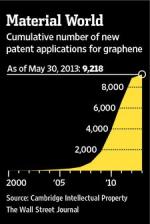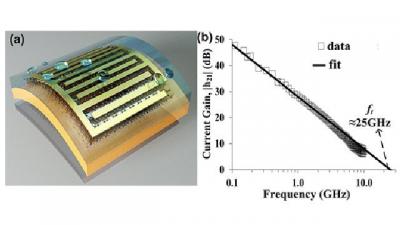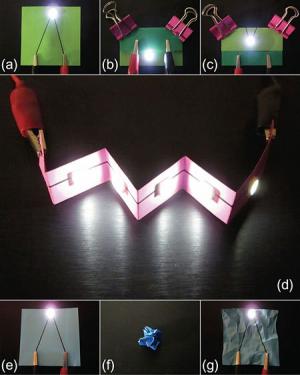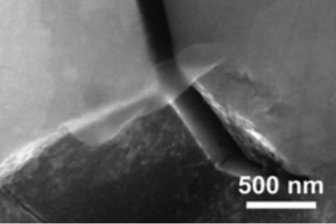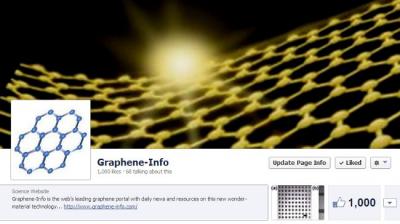High Tech XL, a new dutch accelerator is looking for graphene startups
A new high-tech accelerator in the Netherlands, called High Tech XL, is looking for ten startups for a six-month mentoring programme (which will start on November 11). High Tech XL's areas of focus include advanced materials such as graphene (other areas are the internet of things, semiconductors, robotics and autonomous vehicles).

High Tech XL are looking for startups that require an investment of â¬500,000 to â¬2.5 million. HTX will not provide these funds, but will help the companies achieve the investment via its access to a pool of over 200 investors and of course will help with the business plan and more - as it backed by 110 dedicated mentors.

